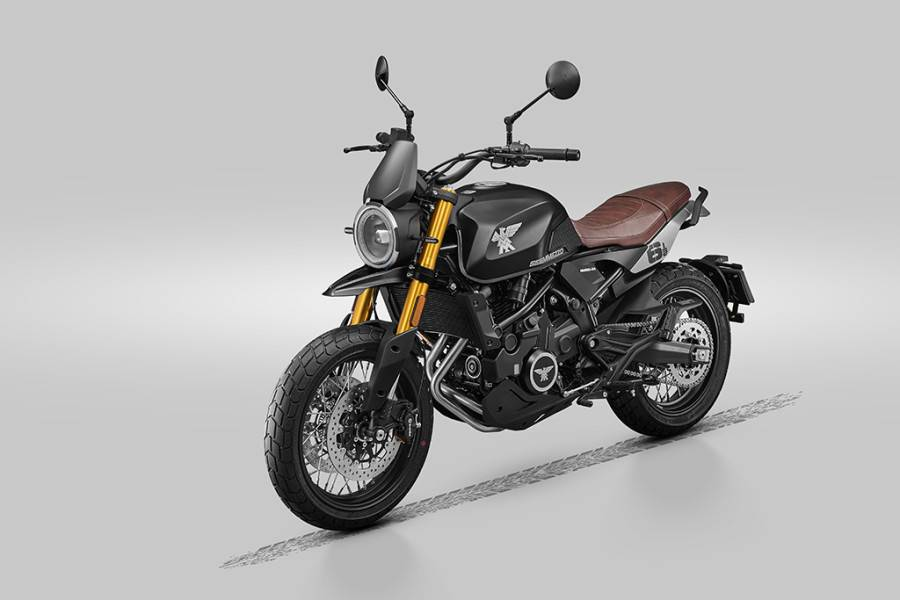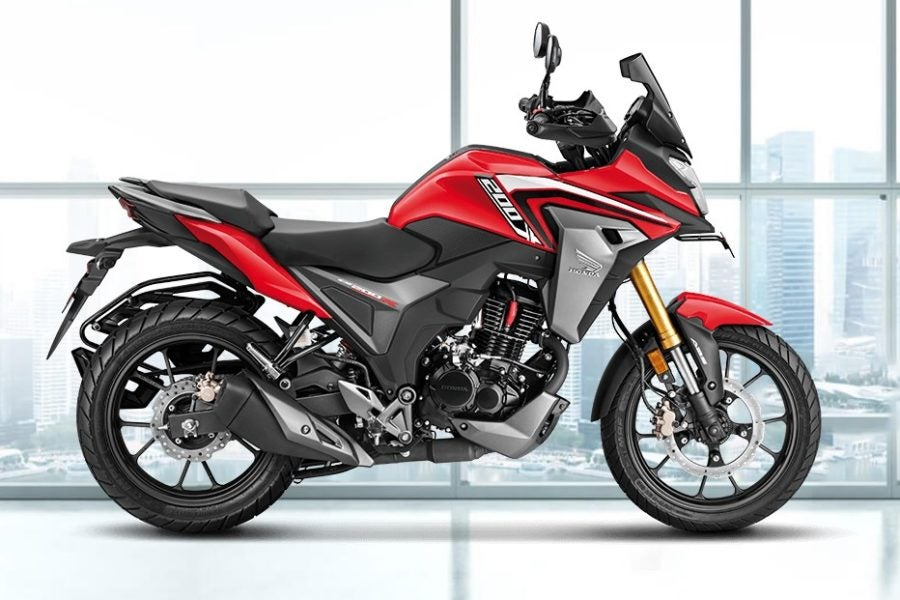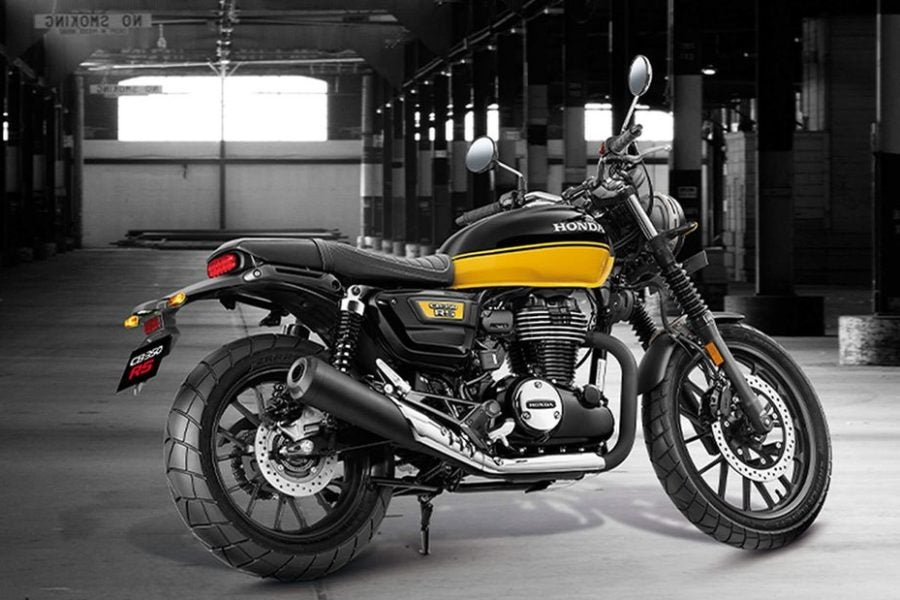Gravel Bikes: The Perfect Blend of Road and Off-Road Cycling

In recent years, gravel bikes have gained immense popularity among cycling enthusiasts, offering a versatile and durable option for riders who enjoy both paved roads and rough off-road terrain. Known for their adaptability, gravel bikes are designed to handle a variety of surfaces, making them an ideal choice for adventure seekers, commuters, and long-distance cyclists alike. In this article, we’ll explore the unique characteristics of gravel bikes and why they are considered the perfect blend of road and off-road cycling.

What Are Gravel Bikes?
Gravel bikes, as the name suggests, are bicycles designed to handle gravel paths, dirt trails, and uneven terrain, while still performing well on paved roads. These bikes combine elements of road, mountain, and cyclocross bikes, resulting in a hybrid that offers speed, comfort, and durability across multiple surfaces. Unlike traditional road bikes, gravel bikes feature wider tires, a more relaxed frame geometry, and often come equipped with disc brakes for improved handling on diverse terrain.
Key Features of Gravel Bikes
- Wider Tires: One of the most noticeable features of gravel bikes is their wider tires, usually between 35mm to 45mm in width. This added width provides better traction and stability on loose surfaces like gravel and dirt. Wider tires also offer improved comfort by absorbing more shocks from rough terrain, making long rides more comfortable.
- Frame Geometry: Gravel bikes have a more relaxed geometry compared to road bikes. The slacker head tube angle and longer wheelbase provide better control and stability, especially on off-road trails. This geometry also promotes a more upright riding position, which reduces fatigue on longer rides.
- Disc Brakes: Most gravel bikes come equipped with disc brakes, which provide superior stopping power in various conditions, including wet or muddy surfaces. This feature enhances safety and control, particularly when descending steep gravel trails.
- Multiple Mounting Points: Gravel bikes are built for adventure, and many models include multiple mounting points for racks, bags, and water bottles. This makes them perfect for bikepacking trips, where riders may need to carry extra gear over long distances.
Versatility for Different Terrains
One of the primary reasons cyclists choose gravel bikes is their ability to perform well on a variety of terrains. Whether you’re cruising on smooth asphalt, navigating through gravel paths, or tackling a rugged dirt trail, a gravel bike is designed to handle it all. This versatility is what sets gravel bikes apart from traditional road or mountain bikes, which tend to specialize in either paved or off-road surfaces.
Road Performance
While gravel bikes are built for off-road capability, they still perform admirably on paved roads. The wider tires may slow you down a bit compared to a pure road bike, but the comfort and stability make up for the slight loss in speed. Gravel bikes are often used for long-distance endurance rides, where comfort is more important than outright speed. The relaxed geometry also makes these bikes great for commuting or leisurely road rides.
Off-Road Capability
Gravel bikes truly shine when taken off the beaten path. Their wider tires, combined with sturdy frames and disc brakes, provide excellent traction and control on gravel, dirt, and even light mud. Whether you’re exploring remote country roads or riding forest trails, gravel bikes can handle rough surfaces without compromising performance or comfort. The ability to seamlessly transition between road and off-road terrain is what makes these bikes so appealing to adventure cyclists.
The Growing Popularity of Gravel Biking
Gravel biking has become a movement of its own, with a growing community of riders who enjoy the freedom of exploring diverse landscapes. Gravel-specific races and events, such as the Dirty Kanza and Grinduro, have surged in popularity, further fueling the demand for gravel bikes. These events challenge riders with mixed terrain, showcasing the true versatility and durability of gravel bikes.
The rise of gravel biking has also influenced the way bike manufacturers design their models. Many brands now offer dedicated gravel bike models, with features optimized for performance on various surfaces. Whether you’re a seasoned cyclist or a beginner looking to explore new trails, gravel bikes offer an accessible and enjoyable riding experience.
Choosing the Right Gravel Bike
When selecting a gravel bike, it’s important to consider your riding style and the type of terrain you plan to tackle. For riders who prioritize speed on paved roads but still want the ability to go off-road, a lighter gravel bike with narrower tires might be the best choice. If you’re more focused on off-road adventures and bikepacking, a sturdier frame with wider tires and extra mounting points would be ideal.
It’s also worth considering the material of the frame. Aluminum frames are popular for their durability and affordability, while carbon frames offer a lighter and more responsive ride, albeit at a higher price point.
Conclusion
Gravel bikes offer the perfect blend of road and off-road cycling, making them one of the most versatile options available in the cycling world. With their ability to tackle diverse terrains, gravel bikes provide riders with the freedom to explore without limitations. Whether you’re commuting, racing, or embarking on an adventure, a gravel bike is a reliable and adaptable companion for any journey.



